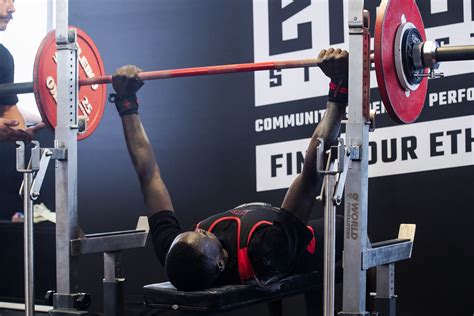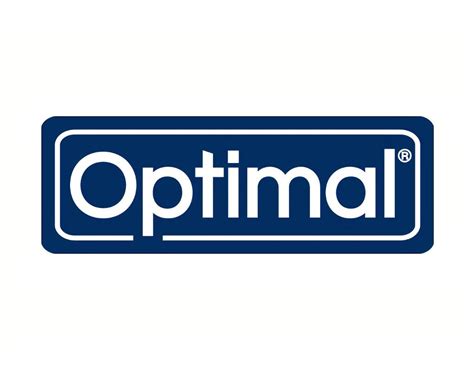How to break strength plateaus and optimize hypertrophy for peak performance?

Every dedicated lifter eventually faces the frustrating wall of a strength plateau. That moment when your numbers stop climbing, and muscle growth seems to stall. But these common hurdles are not dead ends; they are invitations to re-evaluate and optimize your training strategy for continued progress and ultimately, peak performance.

Understanding the Plateau Puzzle
Strength plateaus occur for various reasons. Your body adapts to stress, making initial gains easier. Eventually, the same stimulus is no longer enough to force adaptation. Common culprits include insufficient progressive overload, overtraining, inadequate recovery, poor nutrition, or even stale exercise routines. Recognizing the cause is the first step towards breaking through.
Shattering Strength Plateaus with Smart Training
- Vary Progressive Overload: Don’t just add weight. Experiment with reps (e.g., drop from 5×5 to 3×8-12), sets, decrease rest times, increase training frequency, or introduce advanced techniques like drop sets, supersets, or forced reps sparingly.
- Deload Weeks: Incorporate planned deload periods every 4-8 weeks. Reduce volume and intensity significantly (50-60%) for a week to allow your central nervous system to recover, preventing burnout and priming your body for new gains.
- Exercise Selection & Variation: Don’t be afraid to swap out primary lifts temporarily. If your barbell bench press is stalled, try dumbbell bench press, incline press, or dips for a few weeks to hit the muscles from a different angle and provide a novel stimulus.
- Refine Technique: Often, a plateau isn’t about strength, but about efficiency. Video yourself to identify form breakdowns or inefficient movement patterns. Perfecting your technique can unlock hidden strength.

Optimizing Hypertrophy for Maximum Muscle Growth
- Volume & Intensity: For hypertrophy, aim for 10-20 working sets per muscle group per week, training close to failure (RPE 7-9, 1-3 RIR). Focus on a moderate rep range (6-15 reps) for most exercises.
- Time Under Tension (TUT): Emphasize controlled negatives (eccentric phase) and brief pauses at peak contraction. Slowing down the movement increases mechanical tension, a key driver of hypertrophy.
- Mind-Muscle Connection: Consciously contract the target muscle throughout the entire range of motion. This focus ensures the intended muscle is doing the work, not just moving the weight.

Fueling and Recovering for Peak Performance
- Nutritional Strategy: A consistent caloric surplus (250-500 calories above maintenance) is essential for muscle growth. Prioritize adequate protein intake (1.6-2.2g per kg body weight), complex carbohydrates for energy, and healthy fats for hormone production. Hydration is also paramount.
- Sleep & Recovery: Muscle growth happens outside the gym. Aim for 7-9 hours of quality sleep per night. Incorporate active recovery (light walks, stretching) and stress management to optimize hormonal balance and reduce inflammation.

The Synergistic Approach to Peak Performance
Achieving peak performance isn’t about isolating strength or hypertrophy; it’s about integrating both. Implement periodization, where you strategically cycle through phases of higher intensity/lower volume (strength focus) and lower intensity/higher volume (hypertrophy focus), alongside dedicated recovery blocks. Track your progress meticulously to identify what works and adapt your program as needed. Consistency, patience, and a willingness to learn and adjust are your greatest assets.

Conclusion
Breaking strength plateaus and optimizing hypertrophy are continuous processes that demand a holistic approach. By intelligently manipulating training variables, prioritizing nutrition, and dedicating yourself to recovery, you can consistently challenge your body, unlock new levels of strength, and build the physique you desire, propelling you toward your peak performance potential.









